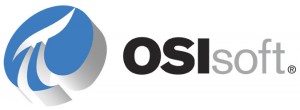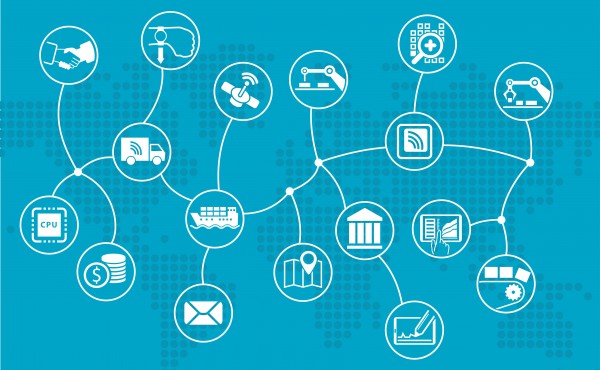This blog post is an excerpt from GovLoop’s recent guide Your Questions Answered: The Internet of Things in Government. Download the full guide here.
The Internet of Things (IoT) has caused an explosion of sensors and connections across all industries – in fact, prominent think tanks and consultancies have predicted that 50 billion devices will be connected to the Internet by 2020. IoT has also received attention in the public sector because of its potential to disrupt and radically change the way agencies do business. Endpoints are getting smarter and smaller, sensor costs are dropping radically, and wireless networks continue to expand capacity. As a connected enterprise, how will government agencies capture this data with their infrastructures and make it decision ready?
To discuss more about how the public sector can properly interface and interact with this new world of data and sensors, GovLoop sat down with Steven Sarnecki, Vice President, Federal & Public Sector, and Stephen Bates, Director, Advanced Analytics at OSIsoft, an industry leader in operational intelligence and advanced data analytics for over 35 years.
“IoT is about an explosion of sensor data,” said Sarnecki. “And as sensors become more common, not all of them will be based on modern standards. Some of them will be older or unique and not modernized. But at OSIsoft we feel very strongly that any IoT or analytics solution has to be a complete solution that can integrate all sensor data and technology.”
In short, if sensors are not standardized, and IoT data is disseminated across a variety of silos, accurately identifying how and where to improve operations and make better decisions can be extraordinarily challenging. Data needs to be funneled into a centralized system for it to be of real value; if it is not and data that holds answers is scattered among different incompatible systems, formats and processes, it becomes very difficult to achieve any sort of insight.
That’s where OSIsoft’s PI System comes in. The platform uses operational intelligence, or historical and real-time insights from data, to connect and aggregate sensor-data from disparate vendors and control systems to enable real-time decision-making and security improvements for critical equipment and facilities.
For years, Bates explained, sensor-based data has provided visibility and information to support decisions influencing the control, design and management of industrial operations. Today, the lower cost and increased connectivity of sensors are making it cost-effective for organizations to extend that reach into remote or mobile monitoring of geo-dispersed assets. Connecting IoT to the PI System enables organizations to integrate IoT data with existing operational data to close information gaps, sharpen insights and create new business models.
“The PI System aggregates large amounts of data, very rapidly, and it enables frontline managers, senior managers and other stakeholders to visualize that data,” said Bates. “And when data is visualized, whether it’s operational data, process data, or geospatial data, agencies can immediately see value – value now, and value over time”.
But it’s not necessarily an easy path. For much of the public sector, Sarnecki explained, a full-scale IoT approach to data capture, integration and storage to drive enterprise performance is neither practical nor cost-effective.
The reality of today’s public sector world is that technology is already in place to monitor many mission-critical machines and key operational processes. While newer “smart” machines may include embedded sensors, it is more cost-effective to extend the lifecycle of existing assets using existing technologies. Deriving value from IoT will more likely mean finding ways to capture and store data from new technologies, sources and open networks and integrate this with pre-existing sensor-based data systems.
To overcome these challenges, partnerships between vendors, government and service providers will be required to build systems to capture, integrate and distribute IoT and sensor-based data in a way that aligns with mission critical objectives and creates revenue-bearing deliverables.
The PI System can help government to optimize processes and receive data driven efficiency insights. With greater demands and efficiency challenges, the PI System will help the public sector capture, aggregate, share and visualize data that can be analyzed across an enterprise. It allows real-time data transmitted from sensors to be aggregated and turned into actionable data. That powers insights and situational intelligence.
“Data is inherently useful,” Bates said. “But it becomes really valuable when it adds context, and then becomes information. In turn, when that information enables better decision making, it becomes intelligence.” With this helpful context and the right intelligence tools in place, both systems and humans can make better data-driven decisions that benefit citizens and the overall agency’s mission.






Leave a Reply
You must be logged in to post a comment.